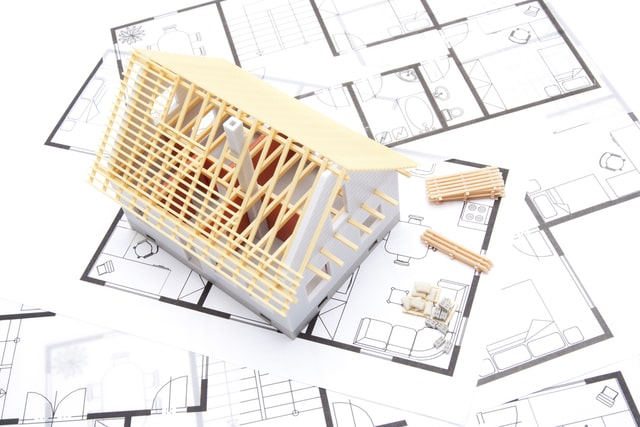The property development industry can be costly, both in terms of time and money. To make the most of your resources, you need to have a solid baseline of knowledge to work with, and a reliable source of finance. Ultimately, your projects will hinge upon your lines of funding. Without a dependable flow of capital, you play a risky game with your projects.
In this article, we discuss the key points to property development funding, ensuring you can make the right choice and thrive in the competitive industry of property development.
What is property development funding?
Property development funding refers to the category of finance that aims to supply property developers with capital. It is particularly effective when conducting large-scale renovations or construction projects. Prime examples are the total renovation of a derelict building, or the construction of a new housing estate.
Other forms of finance exist to fund smaller projects, such as minor refurbishments, and will often be much more effective. If you’re looking to fund a small project, you are better off considering your alternatives.
When is property development funding suitable?
The scale of your project will determine whether property development funding is suitable and what types of funding would be the best fit. For example, property development funding would certainly be necessary for a new build, but given the timeframe of such a project. Bridging finance might not be the best solution.
One factor to consider when considering property development funding is your own finances. Usually, property development funding will only cover up to 80% of the project’s overall cost. This means that you will need to draw from your own finances, or use some of your existing properties as security. This can influence what forms of finance you can choose from, if your portfolio is lacking.
To know what forms of property development funding are suitable for your project, you should first know the categories of property development projects. These are:
Aesthetic refurbishments and minor renovations
The first category of property development projects encompasses minor changes to a property. This usually includes small renovations. Like the internal renovation of a single room, or aesthetic changes.
Given the small nature of such projects, they tend to be relatively low in cost and have a short turnaround. As such, speedy forms of property development funding are ideal. Bridging finance, a form of lending that prioritises speed and ease of access, could be fitting for these projects. Alternatively, small loans could suit these smaller projects, with personal loans being one example.
Significant reconstruction and renovation
The next category involves much larger projects. It includes projects that require in-depth reconstruction that affects the structure of the property, and large-scale additions. One example could include the renovation of a run-down property. The construction of a conservatory, or the gutting and complete reworking of a property’s interior.
These projects tend to be much longer and require more investment. As such, you will likely need property development funding that can source large amounts of capital, with a longer repayment term.
Complete reconstruction and new builds
Some properties are simply beyond restoration and must be torn down to make way for something new. Unsurprisingly, these projects are the most intensive and expensive, requiring a heavy-duty form of property development funding. This funding will need to be over a long period of time, often spanning years, and provide a hefty amount of capital. As these lengthy projects can be a nightmare for planning and logistics, it can pay to use flexible forms of finance or revolving lines of credit.
What forms of property development funding are available?
We have mentioned that there are many kinds of property development projects, and several methods to finance them. Let’s take a closer look at some of those methods.
Auction finance
Auction finance, is primarily aimed at property developers who want to purchase property through an auction house. The auction house usually require payment within weeks. They can facilitate this swift purchase, as they ensure successful applicants receive their money within days.
Commercial finance
Commercial finance is used to facilitate the purchase of properties intended for business use. This includes properties like offices, shops, warehouses, and other industrial properties. Essentially, it works the same way as a normal mortgage.
Bridging finance
Bridging finance is a short-term secured loan. Typically no longer than 12 months, can bridge the gap between your purchase, and a more long-term form of finance. Similar to auction finance, their speed can help you make a purchase at the drop of a hat. Allowing you to seize upon rare opportunities. Bridging and auction finance can be used for both commercial and private purposes. They can both provide a huge amount of capital, assuming you have valuable assets to use as security. This makes bridging finance one of the most versatile options available, with pretty much nothing it can’t assist with.
Conclusion
Property development, and by connection, property development funding, can be a complex maze to navigate. By making the right choice with finance, you can stop worrying about a key area of your project.
You should consider your situation, comparing it with the specialties of each form of finance. The planning is worth doing. Properly matching your situation with a compatible form of property development funding will take an awful lot of pressure off your team.
